

KENNESAW, Ga. | Oct 16, 2025
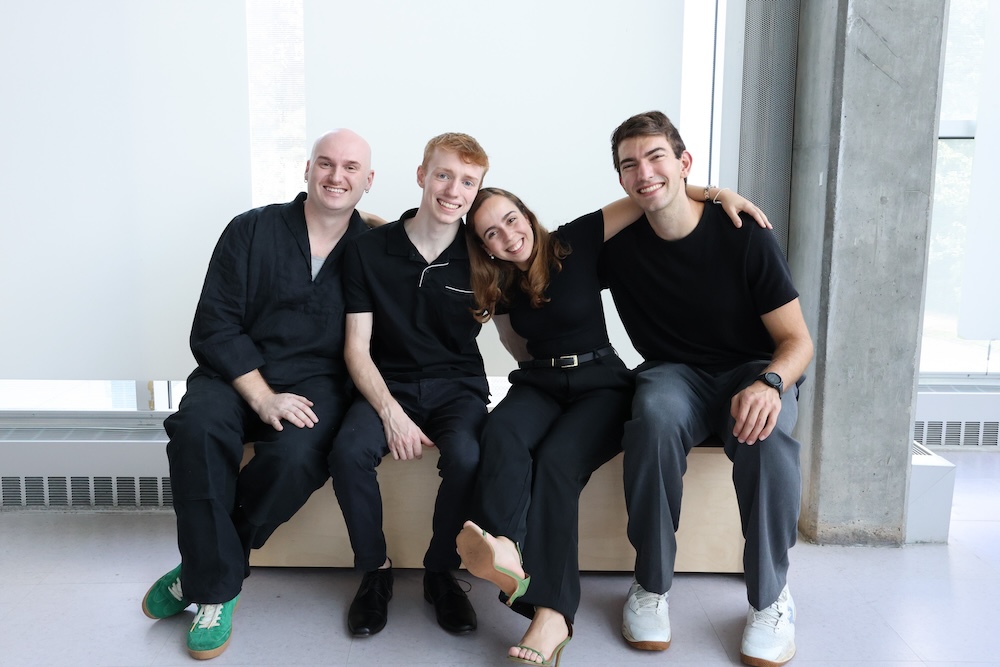
Gabriela Almeida, Wade Brock, Quincy Smith, and Justin Barkie – all students in Kennesaw State's College of Architecture and Construction Management – spent their summer transforming the ruins of history into a story of renewal. Their project, “When Walls Roam,” won the Community’s Choice Award in Terraviva Competitions’ Venetian Villa challenge, gaining praise from viewers worldwide.
The Venetian Villa challenge called on designers to reimagine a centuries-old villa in Italy’s Veneto region as a modern hospitality retreat that balanced tradition and innovation. For KSU students, this meant transforming research, sketches, and 3D models into a design that honored the past while embracing the future.
“Adaptive reuse is about integrating an existing structure with a new life,” said Almeida, originally from Rio de Janeiro, Brazil. “Every wall we reimagined carried a story. Instead of discarding what existed, we preserved and framed the past within the present.”
When the architecture students learned they had won the Community’s Choice Award, their emotions ranged from disbelief to pure excitement. The award was more than recognition; it validated months of late nights, collaboration, and creative thinking.
“It was very exciting and overwhelming,” Brock said. “We had people from all over the world voting for us – family, friends, even people we didn’t know. It really showed how our community came together to support us, and that made the win feel even more special.”
Before entering the design competition, the group spent weeks researching the history of Italian villas and the practice of preservation. They filled their on-campus studio with sketches, study models, and tracing paper, recording brainstorming sessions to capture their evolving ideas. The team analyzed how light and structure interacted within the villa and developed a narrative of movement, with walls that had once stood still now appearing to wander through the landscape as sculptural pieces of art.
“We had to find that one idea that could carry the entire project,” Smith said. “Once we found our concept, every design decision connected back to it.”
The team’s workflow operated like a professional architecture studio. Using tools such as Rhino for 3D modeling, AutoCAD for technical drawings, and other software for rendering and presentation, the students produced a fully developed visual story.
“Everyone had their strengths, but we all contributed to every stage,” Almeida said. “Someone might lead the modeling, another handled final renderings, but each of us touched every part of it. We were constantly giving feedback and refining details together.”
Terraviva Competitions, which hosts international architectural challenges centered on adaptive design and sustainability, attracts entries from students and professionals across Europe, Asia, and the Americas. In this competition, most finalists were established architects.
“Seeing our names among professionals was surreal,” Barkie said. “It proved that the work we’re doing here at KSU stands on a global stage.”
The students credited the Department of Architecture for its encouragement and resources.
“Our professors believed in us and made sure we had everything we needed,” Brock said. “Associate Professor Peter Pittman, our faculty advisor, pushed our thinking, and Professor Jeffrey Collins, our former chair, made sure we had studio space and fabrication lab access. Their support was huge.”
Hazem Rashed-Ali, dean of KSU’s College of Architecture and Construction Management, said the students’ success reflects the college’s commitment to combining creativity and real-world application.
“This award is a powerful example of what our students can achieve when creativity, collaboration, and passion come together,” he said. “Their project demonstrates how thoughtful design can bridge history and innovation while showcasing the exceptional mentoring of our faculty.”
– Story by Raynard Churchwell
Photo provided
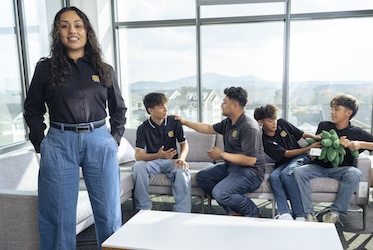
Kennesaw State graduate builds a future few expected
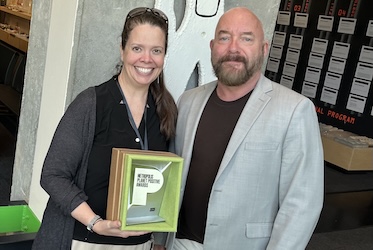
Assistant professor wins Metropolis Magazine Planet Positive Award for sustainability
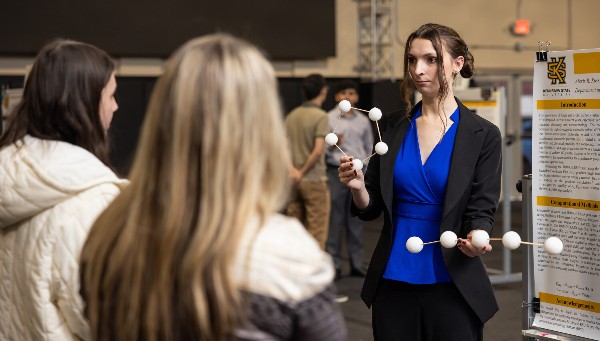
Environmental solutions take center stage at Symposium of Student Scholars
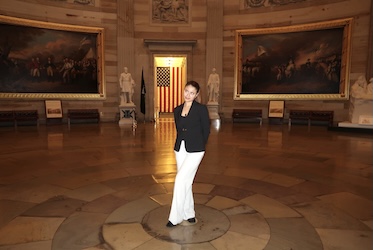
From Kennesaw to Capitol Hill, student earns front-row seat to federal policymaking process
A leader in innovative teaching and learning, Kennesaw State University offers undergraduate, graduate, and doctoral degrees to its more than 51,000 students. Kennesaw State is a member of the University System of Georgia with 11 academic colleges. The university's vibrant campus culture, diverse population, strong global ties, and entrepreneurial spirit draw students from throughout the country and the world. Kennesaw State is a Carnegie-designated doctoral research institution (R2), placing it among an elite group of only 8 percent of U.S. colleges and universities with an R1 or R2 status. For more information, visit kennesaw.edu.